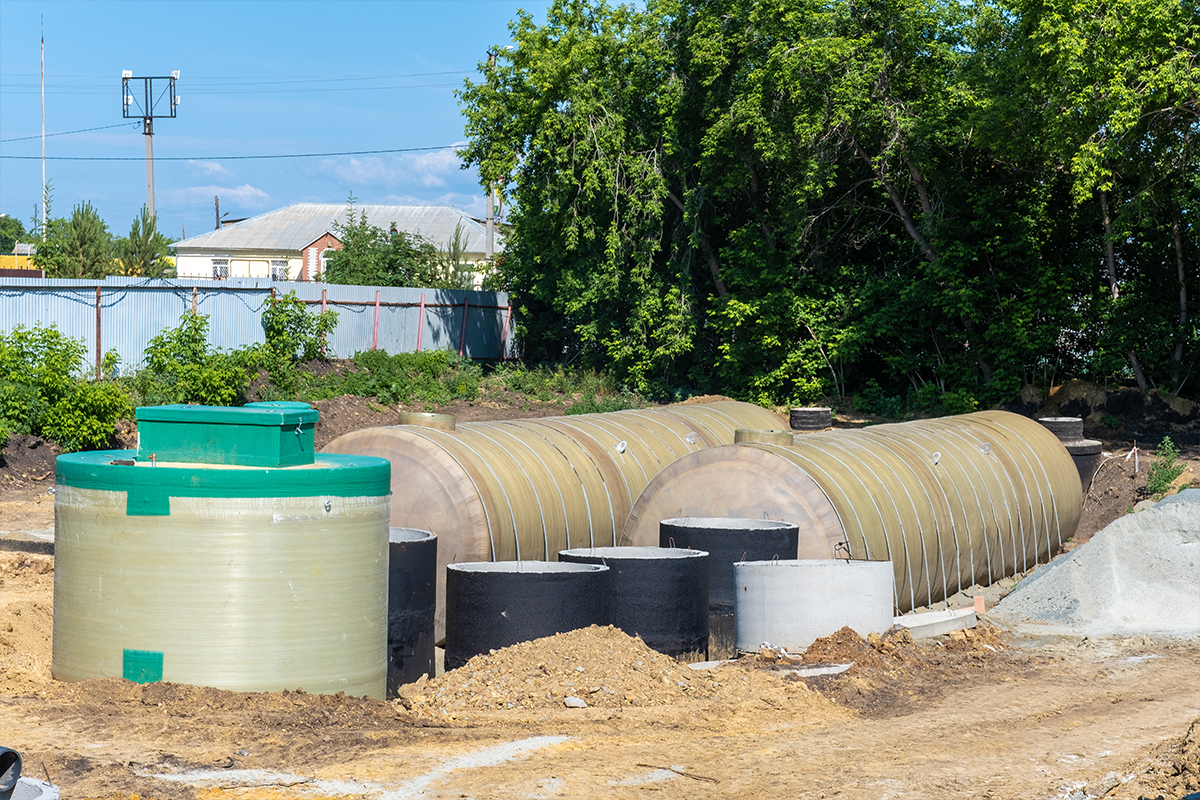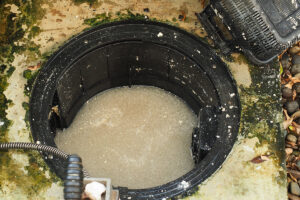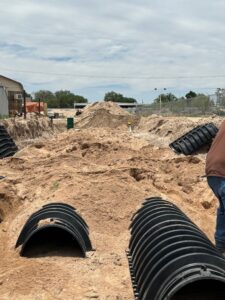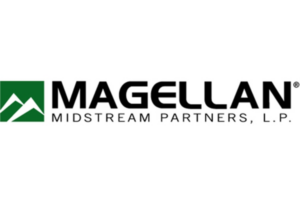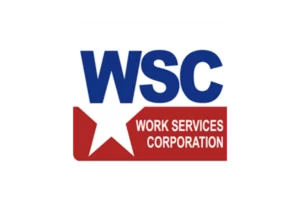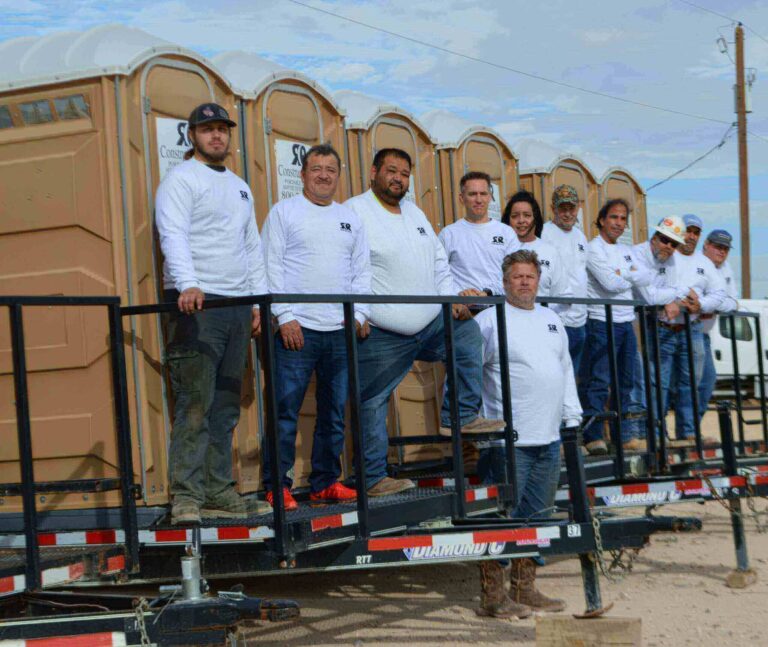Are you wondering how septic inspections work? If you’re purchasing a home with a septic tank, there are some things you should be aware of. If you sell your property, you could need a septic system assessment. Whatever the case may be, overlooking these inspections until problems arise is not a good idea.
In this blog post, we’ll explore the top 4 essential questions concerning septic system inspections so you can understand what to expect and how best to ensure the health and functionality of your septic system.
What Is A Septic Inspection and Why Is It Necessary?
A septic tank inspection is paramount to buying a property with this type of wastewater treatment arrangement. They ensure the system operates as it should so that you and your family don’t catch illnesses, diseases, or allergies thanks to a leak, a clog, or other problems.
Since a septic system is located underground, property owners often overlook these inspections. A thorough septic system assessment should cover the following aspects:
- The tank’s condition and size
- A full evaluation of the drain field area
- Any issues regarding the sizing of the system compared to the occupancy of the property
- Any grading or landscaping concerns that may influence system operation
- The condition of plumbing and mechanical equipment, alarms, etc., including the testing and analysis of their performance
Key Questions for Your Septic Inspection
How Do I assess the condition of my septic tank?
To assess the condition of your septic tank, follow these steps:
- Consider the workable site condition and the outdoor temperature.
- Inspect if there are any signs of corrosion on the tank lids and baffle wall.
- Estimate the septic tank liquid level to see if it’s backing up and if there are signs of leakages.
- Visually inspect for clogs and blockages, including the inlet and outlet baffles.
- Review if the combined sludge and scum levels in the septic system exceed 1/3 of the working volume of the tank. If so, it may be time for a pump-out.
- Perform a load test to simulate water usage.
- Install an effluent filter on the outlet baffle to protect the leaching field from suspended particles.
Are There Any Signs of Drainfield Issues?
1. Slow Drainage
When your tubs, sinks, and toilets take forever to drain, it’s not only annoying but can be extremely unhygienic and inconvenient. It could also indicate a major problem that requires a proper septic tank assessment and possible drain field repairs.
2. Strange Noises From Drains And Plumbing Systems
If you’ve noticed a strange, gurgling sound from your drains and toilets, chances are it’s probably not just a coincidence. Weird noises like this are often an initial sign that your septic system has a partial clog or blockage that could eventually lead to expensive damage.
Schedule a septic tank inspection with a credible company like R R Waste and Septic to avoid pricey repairs or replacements down the line.
3. Wet Spots Or Sewage Smells In Your Yard
Is your beautiful green landscape starting to look and smell soggy, gross, and extremely unpleasant? These could be clear indications your drain field isn’t performing correctly.
Furthermore, a sewage smell from the drains inside your property may indicate serious problems requiring immediate attention. Whatever the case may be, these warning signs shouldn’t be ignored, as they often signal underlying issues with your drain field or septic system.
4. Slimy, Black Substance Near Your Field Lines Or Tank
Leading septic inspection specialists reveal that if you’ve noticed an unattractive black, slimy goo around your drain field lines or septic tank, it can very well be a common sign that it’s time for leach field restoration.
Are There Any Pre-Inspection Requirements?
1. Verify the septic system information
Ensure the local health department confirms when the septic system was last pumped if there have been any repairs or component replacements, the septic tank’s condition, and how old it is. Refer to previous inspection report analysis and validate the documents with the realtor, seller, or other reliable sources.
2. Determine the system type
Top septic system inspection contractors reveal that knowing exactly what type the septic system is: gravity, pressurized, sand filter, mound, cesspool, or dry well, helps them look for common defects easily. Additionally, taking note of the total number of rooms in the property and how long it has been occupied or vacant also assists in the accuracy of inspection results.
3. Identify the septic system location
The septic system’s as-built drawing provides precise locations for the septic tank, including the placement of its opening lids and observation pipes. Bring it to the site for an efficient assessment process, and ensure someone accompanies you before beginning the septic tank inspection.
How Long Will the Inspection Take, and When Will I Receive the Results?
Generally, a septic assessment can take anywhere from 45 minutes to 3 hours.
The timeframe for receiving septic inspection results varies depending on the type of inspection, your service provider, the complexity of issues found, and communication preferences. Basic visual inspections may yield immediate feedback, while comprehensive inspections may take longer. Some providers offer same-day or next-day reporting, while others may require more time.
Contact your septic service for an estimated timeline based on your inspection details and their internal processes.
Top septic system contractors reveal that after the assessment process, here are some things you need to attend to:
1. Ensure proper waste disposal
Septic inspectors should clean up after covering all system openings and securing all lids. You should also sanitize all tools and wash your hands thoroughly. To extend the good working condition of your septic tank, minimize the usage of chemical cleaners, lessen the washing of oily or greasy materials down the drain, and avoid putting additives in the septic tank.
2. Address corrective actions
The septic tank needs to be pumped whenever defects are identified through visual inspections, hydraulic load, or dye tests. Fix clogs, leaks, and blockages before they worsen repair expenses in the future, and replace your septic tank after its usual 20-30-year lifespan.
3. Maintain proper records and inspection reports
Schedule regular maintenance checks to prevent microbial mat build-up, excessive strain, and poor soil conditions in the septic system. Store all inspection reports for any future reference and analyze inspection results to reduce potential septic system issues.
Final Takeaway
Schedule a professional septic tank inspection with R R Waste and Septic to ensure your septic system remains in top condition and complies with regulations. Whether you want to buy a domestic septic tank or residential wastewater system or require septic tank repair, cleaning, maintenance, or annual servicing, we’re always ready to help.
Our skilled team of professionals will thoroughly inspect your septic system and recommend the best solution. If you are looking for a residential or commercial septic tank dealer to ask about common septic troubles, call us right away!
Contact us at (432) 943-7828 to schedule an appointment with our team today.

